Ghorepani Trekking - 10 Days
-
max altitude 3210 m
-
Group Type 2-12
-
Trip grade NA
Ghorepani trekking is an easy and enjoyable. It doesn’t require any special training and previous trekking experience. However, good physical condition, a love of walking, and a desire to enjoying the spectacular views of the mountains and encounter village life are essential. Our program always include rest days and build up gradually, in order to acclimatize to the altitude. On trek, you can go at your own pace, with plenty of stops for resting.
Trip Highlights
- Excellent views of Dhaulagiri, Nilgiri, Annapurna South, Mahhapurche.
- Panoromic view of snow capped mountain from Sun rise spot Poon hill.
- Explore Gurung culture in Ghandruk.
Outline Itinerary
Day 01: Arrival in Kathmandu
Day 02: Kathmandu to Pokhara
Day 03: Pokhara to Tikhedhungda
Day 04: Tikhedhungda to Ghorepani Treks
Day 05: Ghorepani to Tadapani
Day 06: Tadapani to Ghandruk
Day 07: Ghandruk to Pokhara
Day 08: Kathmandu
Day 09: Free day in Kathmandu
Day 10: Departure
Full Board Service Details
What's included
- Airport Pickup and Drop by private Transport (International flight)
- All the ground Transportation by tourist bus (Kathmandu to Pokhara, Pokhara to Chitwan national park to Kathmandu)
- All the Trekking transfer by private transport (to Trekking starting point, Trekking ending point to Pokhara
- 4 night hotel in Kathmandu at tourist standard hotel with bed and Breakfast (Centrally located, attach bathroom, hot and cold shower)
- 3 night hotel in Pokhara at tourist standard hotel with bed and Breakfast (Centrally located, attach bath room, Hot and cold shower)
- 4 nights 5days trekking in lodges with Bed and Breakfast (Lodges are Simple but clean enough and has a hot and cold shower)
- Annapurna National Park Permit and TIMS card (We need two photograph each for permit)
- An experience trekking guide (trained by Ministry of tourism), one porter between every 2 clients and their meals/accommodation/transportation/salary/insurance and their equipments are included in price
- Trekking Map for Annapurna region
- 3 nights accommodation at Chitwan national park in tourist standard hotel (centrally located, attach bathroom, hot and cold shower)
- All the meals while at Chitwan national park (Breakfast/Lunch/Dinner)
- All the activities in Chitwan national park such as (Elephant Back Ride, Canoe Trip in Rapti River, Jungle Walk, Bird Watching Tour, Culture Dance, Elephant Wash, visiting Elephant breeding center, Jeep drive and Nature Guide).
- All the entrance fees at Chitwan national park.
- Sleeping bag for trekking
What's not included
- Personal bar bill, travel insurance/International airfare/Domestic airfare.
- Items of personal expenses such as alcoholic drinks, cold drinks, laundry, tip etc.
- Nepal entry visa fee US$ 40 (duration 30 days from date of issue) - Available at Royal Nepalese Embassies and Royal Nepalese Consulates abroad or on arrival at Tribhuvan International Airport in Kathmandu.
- Sightseeing tour and all the entrance fees of temple in Kathmandu and Pokhara valley.
- Lunch and Dinner During the trek and in Kathmandu valley and Pokhara valley (Allow US$ 110 for trekking).
- Tips for trekking guide and trekking porter
Trip Map
Detail Itinerary
Detail Itinerary
What is tea house trekking?
Tea house trekking is popular in Himalayan region. Local community run the tea house and lodge. They serve good foods (breakfast, lunch and dinner) these tea houses have good facility with hot water, comfortable rooms with attached bathroom, you can know the local culture, people and tradition and way of living in the trekking route.
What is camping trekking?
Camping trekking is organized and supported with team of professional guide, Sherpa, cook and porters. They accompany you, while trekking porters carry all the logistics like, tents, kitchen accessories, food, and fuel. Trekker should carry his/her minimal personal belongings while trekking.
What is the best time for trekking in Nepal?
The best season for trekking is March to May and September to November, during this period the weather is stable and clear, it is very wonderful time to experience the real Nepal to see the amazing view of mountains, snow caped Himalaya and flora and fauna and culture of local people in the Himalayan region.
How difficult is trekking as I aspect the route?
Trekking is challenging walk in the different altitude, landscape and terrain so it depends on the location and choice of the trekker and the trekking route. There are easy, difficult and extreme treks in the Himalayas. One can choose out of different options of trekking packages provided by the trekking company.
Is there any age limit for trekking in Himalaya?
There is no any age bar in trekking in the Himalaya. We design trek for children, teenager as well as senior citizen. For children and senior citizen we offer short and easy treks like around Kathmandu and pokhara valley. For adult and teenager we offer moderate and extreme trek.
Is trekking permit required?
Yes, you need trekking permit while trekking. Depending on the trekking area you require special permit like restricted area, for other you need conservation / National park entry permit and TIMS (Tourism information management system) card.
How can I book the trekking package?
First you need to log in to our web site HimalyanEcstasyNepal.com; you can get further information in our web site about booking the trekking package. If you are already in Nepal then you can visit our head office in Thamel in front of Kathmandu Guest House. Then we can arrange your trekking package according to your choice.
What type of insurance should I have to do before coming Nepal? Is there insurance facility there?
You should do your insurance from your respective country, which covers your risk, emergency evacuation by helicopter, medical treatment and other possible risks. Here is no policy as such.
Is it possible to communicate to my family while trekking?
You can have easy access to communication but in remote areas we use satellite phone. So communication won't be an issue.
What should be the criteria for physical fitness to trek in Nepal?
The trekker should have general physical fitness, some experience of hiking, should not have any chronic disease, cardio respiratory diseases etc.
Can I trek in the Himalayas of Nepal without prior trekking experience?
Yes you can trek without experience, but you should acclimatize first, have good health, we guide you according to your need, you can do difficult and extreme treks.
Is it necessary to use guide and porter while on trek in Nepal?
It is highly recommended as guide knows the route very well, and communication with local people is easier with guide. Security is the major issue.
Does HEN arrange domestic and international flights and booking hotels?
Yes HEN arrange domestic and international flights and book hotels, we serve this service to our costumers only.
What is the standard of water, sanitation and fooding and lodging while trekking?
As trekking is done in different landscape and trails, those routes are far away from pollution. Water here is drinkable but taking into consideration of our client's health and hygiene we provide mineral water which is purified and filtered. We provide standard and healthy foods. We provide best and comfortable lodging service available in trekking route.
Can I trek without porter and guide?
Yes you can trek without guide, but we suggest you not to trek without guide, due to security reason. Communication with local people, and trek route topography and weather as well as natural disaster are the challenges; if you go with guide it would be more comfortable for you.
How can I avoid blisters?
Shoe and socks should be comfortable, select right size, thick sole and matter of inner sole. If you have sweating feet then you have to change your socks frequently keep your feet clean and dry. You should carry blister prevention tape; skin tape can be helpful.
Do I need trekking pole?
Yes you do need trekking pole, it helps you save energy in high ascend and descend, if you have weak hips and knees and it helps to reduce the strain.
How will you help me if I suffer from altitude sickness or accident ?
Depending on the seriousness of the accident we provide first aid if not then company can arrange the evacuation operation to the nearest medical facility and in case of any emergency company could bring you to Kathmandu.
Where to stay during trekking?
You stay in local lodge or tea house; they have basic facilities like food, accommodation for sleeping and hot safe drinking water. Your guide helps you to accommodate in good lodge or tea house while trekking.
What is the guide's qualification who guides us?
We have government certified and experienced guide who can speak English very well, have good experience of trekking route and have good sense of humor, have knowledge to describe the local culture and community, biodiversity and flora and fauna.
What is the guides and porters safety and about their insurance?
We do insurance for guide and porters, we provide first aid kit for our staff's medicine, and provide emergency rescue. We are always conscious about the health and safety of guide and porters.
Is there tipping compulsory for guides and porters?
Tipping is not necessary for HEN staffs, although tipping for guide and staff is good practice, porter and guide expect tip, your tip helps their family.
How to avoid motion sickness ?
While trekking or driving you may feel motion sickness, vomiting there may be many reason, due to curves and the altitude complete different terrain and topography. Drink enough water while trekking, take lemon pieces, chew ginger or you can use motion-sickness tablets, such as Dramamine. You should not be worry about motion sickness, it is self treatable and get rid of it .
Trekking equipment
- Backpack bag
- Normal Jacket
- Water proof Jacket
- Hiking shirts
- Hiking pants
- T-shirts
- Sun hat
- Personal towel
- Normal sleeping bag
- Sandle
- Rain poncho or Umbrella(if you are summer travel)
- Plastics for cover your personal bag when gets rain
- socks
- Water bottle
- Flash light
- Batteries and bulbs
- Medical& First-aid kit
- Swiss army knife
- Light weight fleece jacket
- Treeking shoes
- Nylon wind stopper
- Long under ware
- Normal cap
- fleece mitten
- Sunglass UV protected
- Sun block
Toiletries
- Camera /memory stucks
- 1 medium sized quick drying towel
- Toothbrush/paste (preferably biodegradable)
- Multipurpose soap (preferably biodegradable)
- Deodorant
- Nail clippers
- Face and body moisturizer
- Feminine hygiene products
- lip balls/ sun creams UV protect
- Mosquito protect creams (required only summer)
- Personal your nature things
Our Best Selling
Our collection of the most best selling packages in 2025-
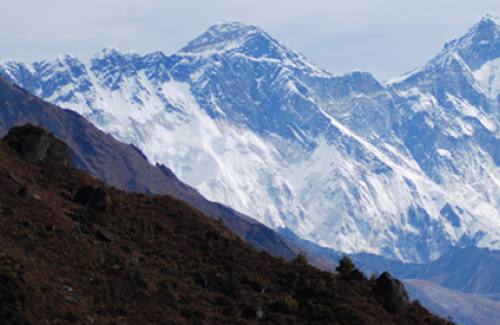
Everest Base Camp Trek
EBC Trek- Duration 17 Days
The Everest Base Camp is the adventure of a lifetime…
-
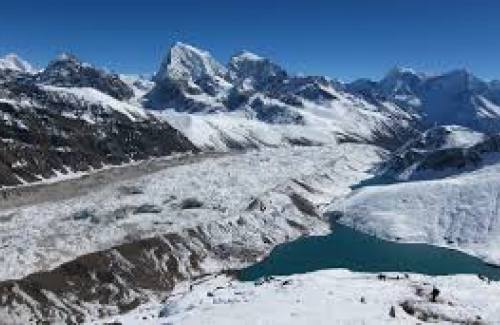
Chola Everest Base Camp Trek
- Duration 18 Days
Everest basecamp via Gokyo Chola pass trek is adventerous trekking…
-
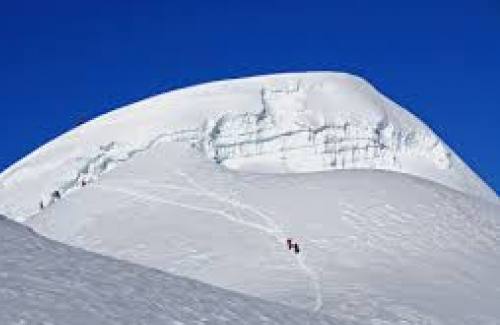
-
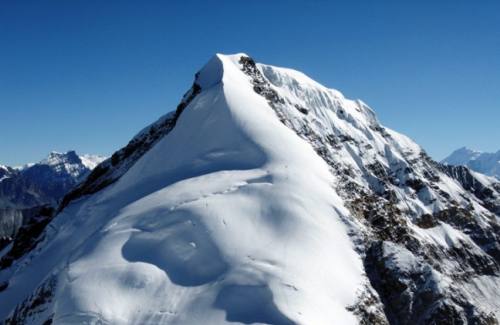
Chulu East Peak climbing
- Duration 5 Days
Chulu East is part of the Annapurna Himalayan range, within…
-
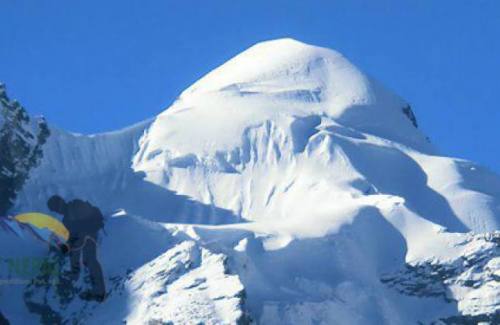
Naya Kanga (Gyanja La peak)
- Duration 17 Days
Naya Kanga (5844m) is shapely mountain rising to the west…
-
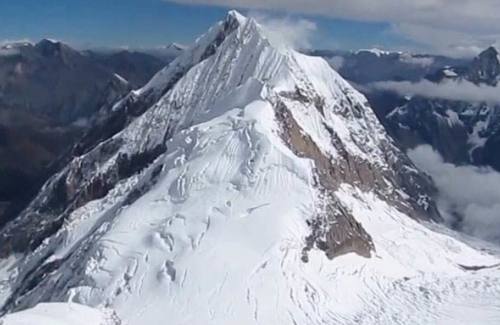
Manaslu Expedition
- Duration 56 Days
Manaslu (8,163 meters/26,781 feet) is the eighth-highest mountain in the…
-
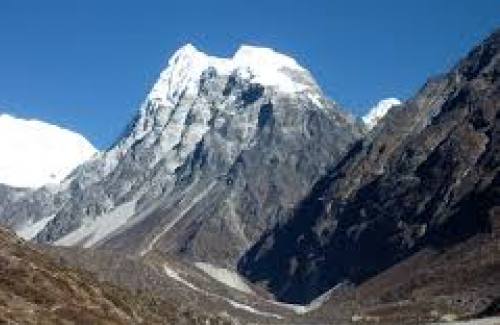
Baruntse Expedition
- Duration 33 Days
The potential for climbing "east of Everest" was first recognised…
-
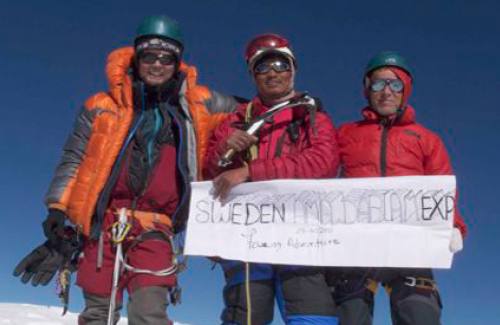
-
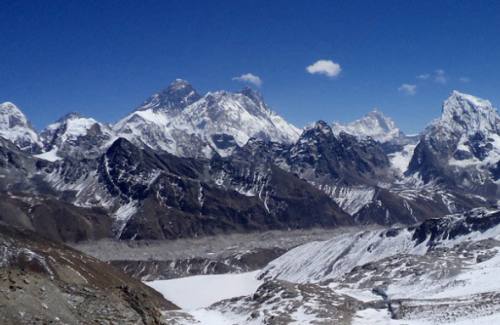
-
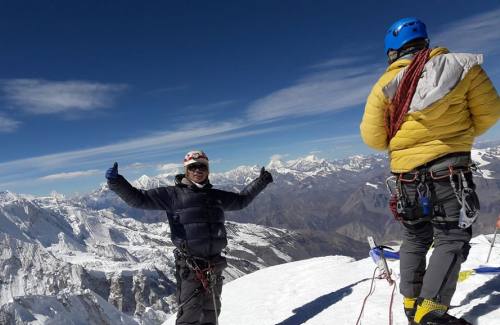
Himlung Himal Expedition
- Duration 30 Days
Himlung Himal, standing at 7,126m, is a popular climbing peak…
AFFILIATIONS
We are proud to join.





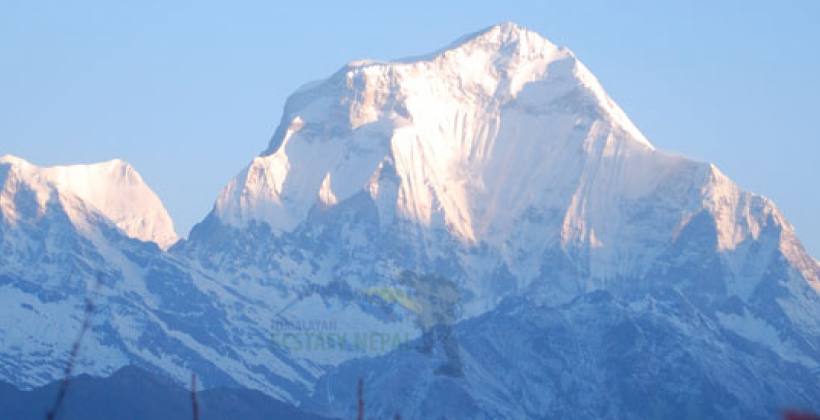
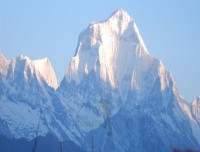
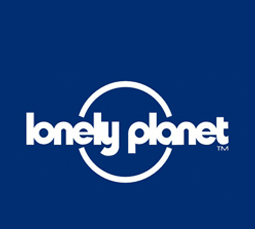
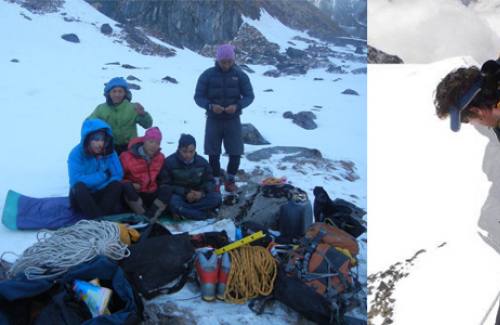
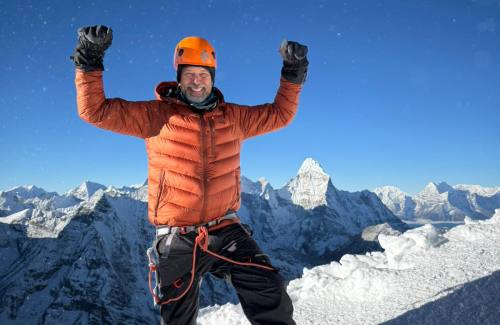
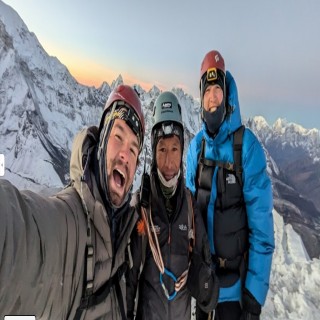

.jpg)

